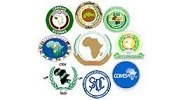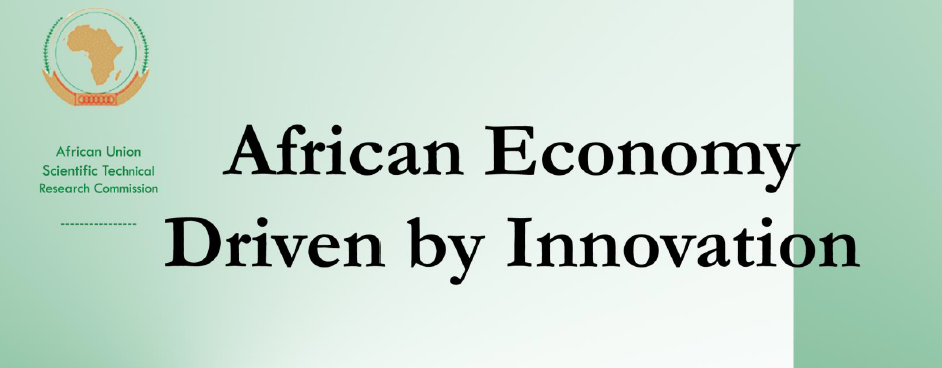Women in Science Technology and Innovation
Statistics from existing literatures have proven that ratios of female to male enrollments rate has recorded slight increase between 1990 – 2012; and it is generally observed that there is no gender parity considering the enrolment ratio of female to male as seen for instance in Sub-Saharan African tertiary education where the GER rose from 4% to 10% for men and from 2% to 6% for women between 1990 – 2012. It is noted, that fields such as education, health, welfare, humanities and arts are more populated with women than men the reason being that women tend to face more challenges in fields of study known to be men dominated like engineering, construction, manufacturing among others. There are ongoing initiatives and mechanisms being initiated by the African Union to support women education and participation which includes the Continental Educational Strategy for Africa (CESA 2016) that recognizes and supports women education and training in Africa among others.
The identification of the causative factors as to why women participate less in science was derived from a methodical gathering of root cause problems which were developed into an inventory hierarchically arranged to establish the cause and effect relationship on the problem tree. The problems identified were converted into solutions and as positive achievements that should be achievable on all areas that builds up the society to enable the achievement of the second pillar of STISA-2024.

























